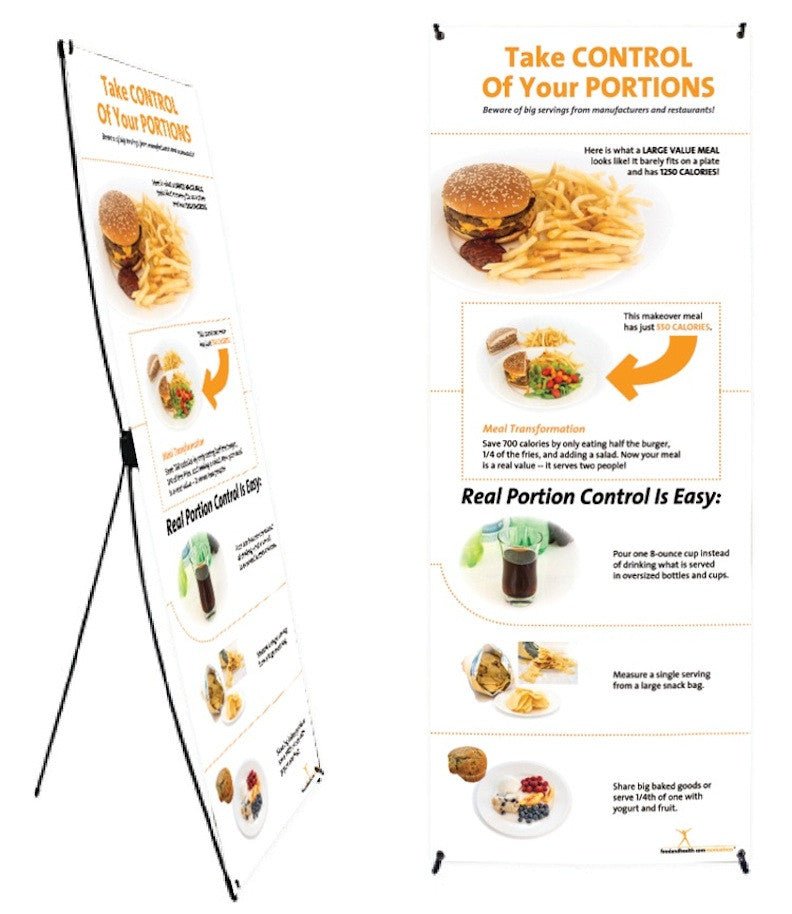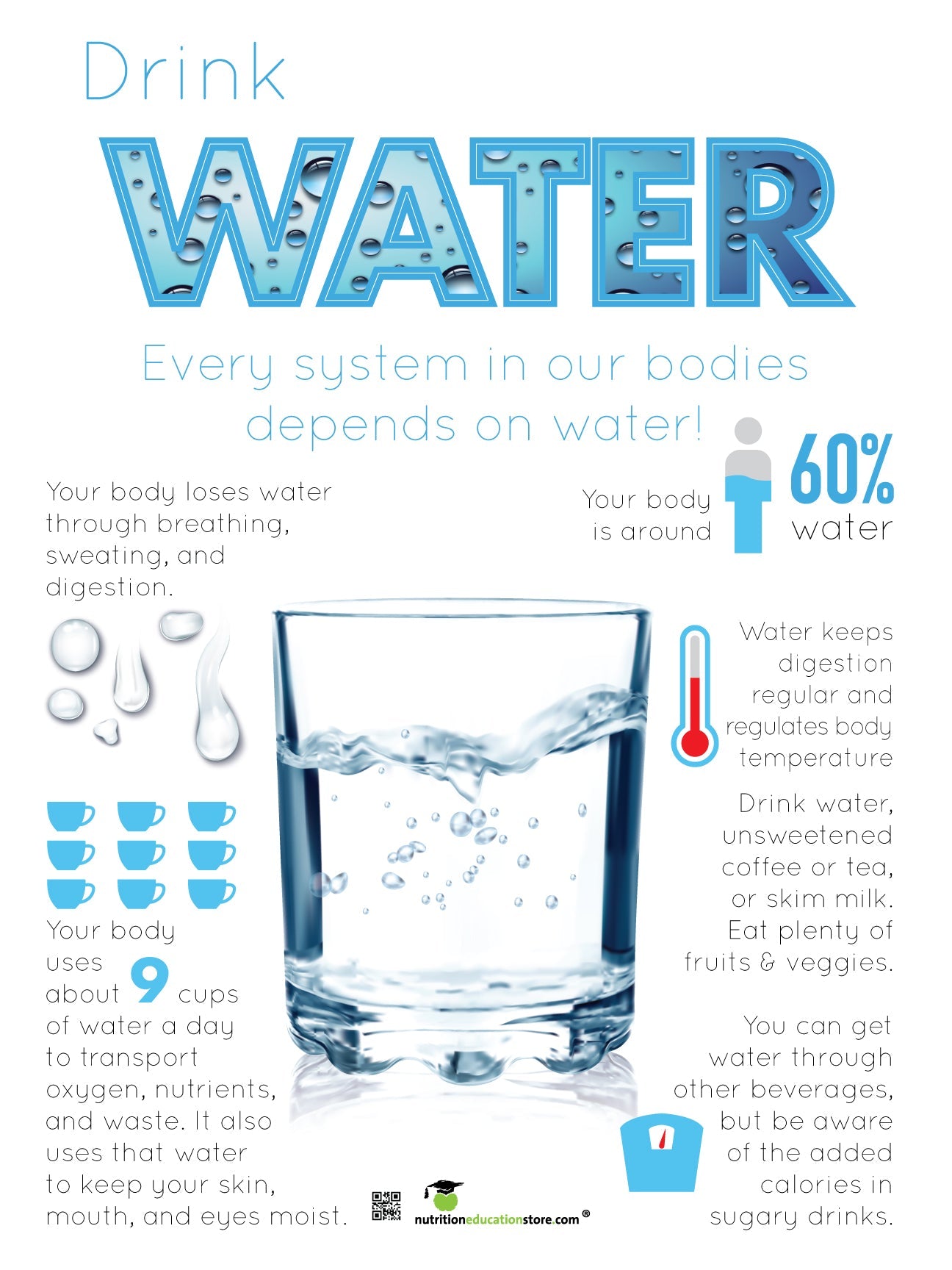Breakfast made a resurgence last year, when working and learning from home gave us more time to prepare and eat this morning meal. This trend is expected to continue.
FoodNetwork.com declares that “breakfast at home is back” in 2021, going on to give examples of new food products like Cinnabon’s CinnaBiscuit Chicken Sandwich and Jimmy Dean Casserole Bites. High fat, low fiber, processed frozen foods – for the most important meal of the day? Yikes!
Get your clients or students on course to a healthy breakfast habit with the Start Your Day with Breakfast PowerPoint. You could break the show up into five mini-sessions so that participants can practice adding one component of a healthy breakfast at a time:
- First add fruit: So many traditional breakfast foods go well with fruit, making it easy to add some to what you’re already eating. Top oatmeal, cereal, or toast with your favorite fruit.
- Don’t forget about veggies: Work them into breakfast at least a few times a week. Try a little salsa with your eggs or add some greens to a smoothie. You get the idea!
- Go all out with whole grains: Look for whole grain options of foods you already eat, like whole wheat English muffins, bread, mini-bagels, cold cereal, and old-fashioned or steel-cut oats.
- Mix up the dairy: Milk isn’t the only way to get a good dose of protein and calcium in the morning. Mix your cereal or fruit with some yogurt or sprinkle low-fat cheese on a veggie omelet.
- Make the protein healthy: Eggs get a bad rap, but they can definitely be part of a healthy breakfast. Find ways to add in nuts and seeds, nut butters, and lean meats.
Once they complete all five sessions, participants will have mastered the art of making and eating a healthy, delicious breakfast every day — for 2021 and beyond!
Hollis Bass, MEd, RD, LD





































